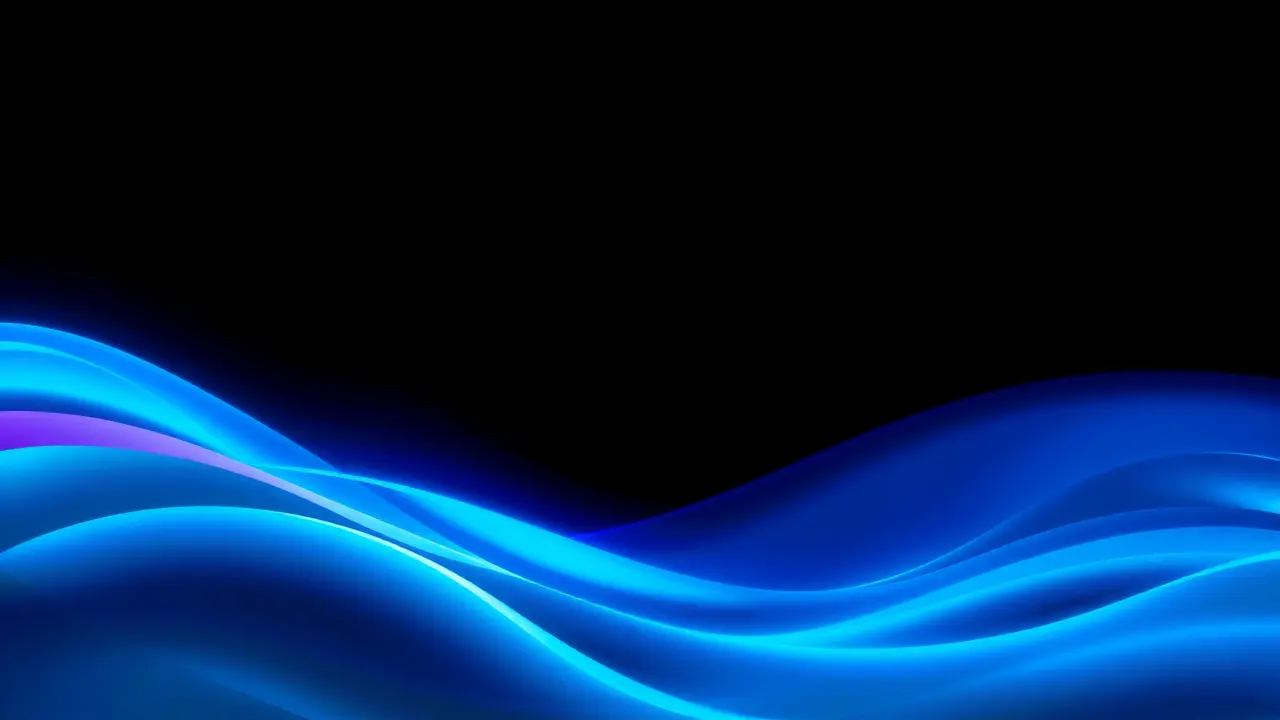Do You Really Have to Stop Using Windows 10?
The digital clock has finally run out on Windows 10, with Microsoft officially ending support for the operating system that, for nearly a decade, has been the bedrock for hundreds of millions of PCs worldwide. This isn't just a routine software update; it's a fundamental shift in the tech landscape, akin to the retirement of Windows 7, which left a void that many were reluctant to fill.If you're still booting up into the familiar interface of Windows 10, you're now standing at a crossroads with a few distinct paths forward, each with its own set of compromises and considerations that go far beyond a simple 'update now' prompt. The most straightforward, albeit costly, route is to upgrade to Windows 11, but this path is littered with hardware compatibility hurdles—the much-debated TPM 2.0 requirement and specific CPU generations have effectively created a digital divide, leaving a significant portion of otherwise perfectly functional machines in the technological past. For those whose hardware makes the cut, the transition is more than just a visual overhaul; it's an adoption of a new philosophy centered around security with its Pluton security chip, tighter integration with the Microsoft ecosystem, and a UI that prioritizes a cloud-first, AI-assisted workflow, a vision that not every user may be ready or willing to embrace.Then there's the 'do nothing' option, a path chosen by many who held onto Windows 7 well past its expiration date. While your computer won't suddenly stop working, it will enter a period of escalating vulnerability.Without critical security updates, every web browsing session, every downloaded file, becomes a potential gateway for malware and cyberattacks; it's the digital equivalent of leaving your front door unlocked in a neighborhood where everyone knows the locks have just been changed. This risk isn't merely theoretical—history shows that unsupported operating systems quickly become prime targets for malicious actors, as evidenced by the WannaCry ransomware attack that disproportionately affected legacy systems.For the more technically adventurous, alternative operating systems like various Linux distributions present a compelling, if daunting, frontier. Platforms like Ubuntu or Linux Mint offer modern security and a reprieve from the commercial software cycle, but they demand a willingness to climb a new learning curve and often forego seamless compatibility with mainstream applications and peripherals, a trade-off that many casual users are unprepared to make.Beyond the immediate user dilemma, this moment reflects a broader, recurring tension in the tech industry: the push for perpetual modernization versus the user's right to stability and ownership of their devices. Microsoft's stance encourages a constant upgrade cycle, fueling hardware sales and software subscriptions, but it also forces a conversation about digital waste and planned obsolescence. What is the true lifespan of a computer? Is it determined by its physical components or by the corporate support schedule of its operating system? This event is a microcosm of a larger pattern we see across technology, from smartphones to smart homes, where the software's expiration date increasingly dictates the hardware's usable life, leaving us to ponder the long-term sustainability of a model built on perpetual replacement rather than enduring functionality.
RE
Rebecca Carter123k2 days ago
ugh not this again, my pc runs fine but now i gotta worry about it being 'unsafe' smh feels like they just want us to buy new stuff
0
JA
Jamie Larson123k2 days ago
smh feels like they're just trying to sell new laptops at this point my perfectly good pc is now 'obsolete' for no reason
0
